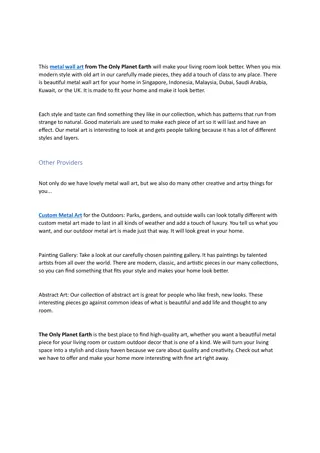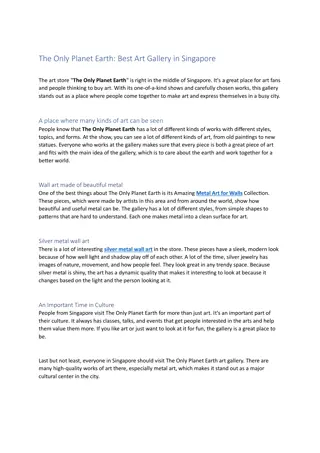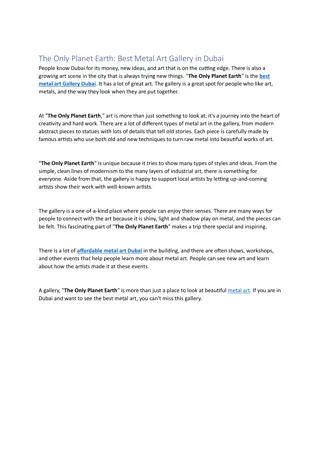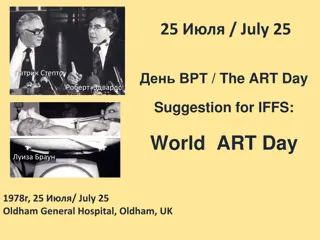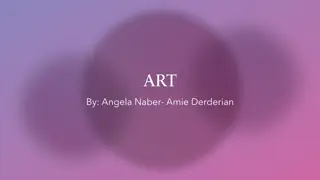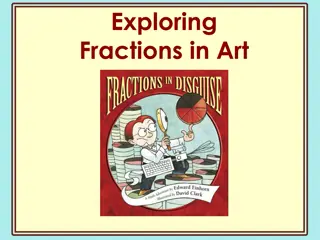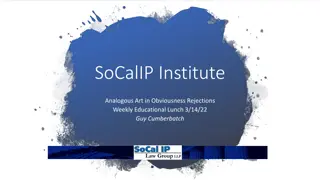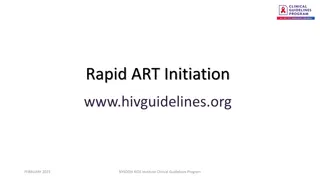Understanding the Diverse World of Art
Delve into the realm of art encompassing various forms such as drawings, paintings, sculptures, dance, music, literature, and more. Explore the history, purpose, controversies, and theories surrounding creative expression throughout the ages.
Download Presentation

Please find below an Image/Link to download the presentation.
The content on the website is provided AS IS for your information and personal use only. It may not be sold, licensed, or shared on other websites without obtaining consent from the author. Download presentation by click this link. If you encounter any issues during the download, it is possible that the publisher has removed the file from their server.
E N D
Presentation Transcript
Art The arts are any type of creative expression and these are just a few examples of works of art. Drawings and paintings exemplify 2D Art while sculptures embody 3D Art. Dance is an example of Performing Arts and music is also an example of the practical arts. Examples of Literature, or literary arts include but are not limited to poems and short stories. The paintings in the first and fourth corner exemplify human art. Photo by User:Husky and h3m3ls, Mischa de Muynck and Niels / CC BY-SA 3.0
Creative art and fine art History Forms, genres, media, and styles Purpose Public access Controversies Theory Classification disputes Contents
Creative art is any authentic expression that is appreciated by sight, e.g. Drawings and Paintings. Creative art and fine art Fine Arts are creative outlets, such as music and pupperty.
History Art History is the study of creative expression from the past, e.g. Cave Paintings and Rock Art = prehistoric authentic communication, or art forms before the invention of writing. Inventions are an example of art, e.g. paper during the High Middle Ages. The High Middle Ages took place on 1000 CE to 1300 CE. Gothic Art is an example of art from the High Middle Ages.
Forms are types of art, e.g. writing: a literary art form Forms, genres, media, and styles Genres are categories of art, e.g. prehistoric art Media are tools used to make art, e.g. pencils and paper Styles are formal traits of art, e.g. Geometric and Organic
There are many purposes, or reasons for creating art including but not limited to relieving stress and strong emotions at large. Purpose
The Library Public access, i.e. where to go to enjoy art The Museums (Virtual) Art Galleries Your Web page or Websites
This is art that is graphic, questionable, or inappropriate for school, the workplace or other formal settings. Controversies
Theory Art theory involves the different perspectives or opinions about this creative expression, e.g. Formalist, Instutionalist, and Historical. Formalists analyze how art is made while Instutionalists appreciate the beauty of this creative expression and Historical artists study art that has existed in the past.
Classification disputes These are rulings regarding what should and should not be classified as art.
Free Varsity Tutors Application on Google Play Khan Academy at https://www.khanacademy.org Works cited











